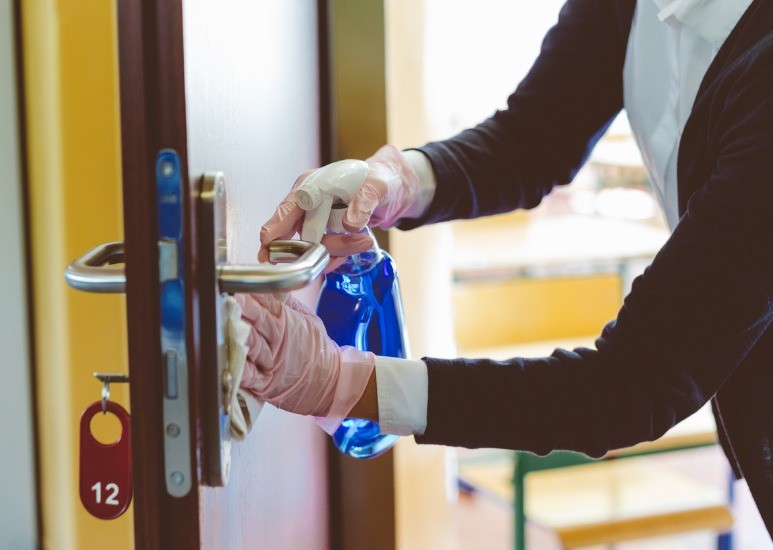“The way we do things” has changed, possibly for ever. The COVID-19 pandemic has had an unprecedented impact on modern life, including on the way we work. Businesses have had to change and adapt rapidly. Not all these changes have been negative and the shift towards more flexible, hybrid working models offers many employees opportunities for achieving a better work-life balance. However, these changes bring about their own challenges for employers and need careful management to ensure that health and safety risks continue to be controlled.
Introducing hybrid/home working
The first step is carrying out a risk assessment to identify any changes you need to make to your systems, procedures and working environment. Don’t forget that you have very similar responsibilities for home working employees as for "business-based" employees. RJB Partnership can help you to assess the risk, and then work with you to implement simple, practical solutions.
As part of your strategy for hybrid working you should consider:
· How you will keep in touch with, and manage remote workers
· How will you manage work activities, working duration and patterns
· What new or altered risks to health and safety are associated with hybrid working, and
· Whether you need to put in place additional control measures to protect hybrid workers.
RJB Partnership can assist you to develop protocols and procedures that will cover:
· Lone working without direct supervision
· Stress, isolation and mental health
· Working with display screen equipment
